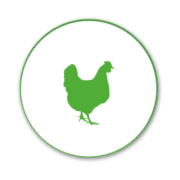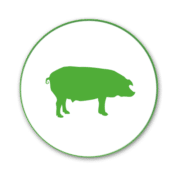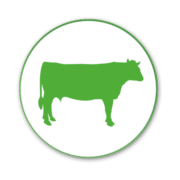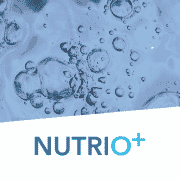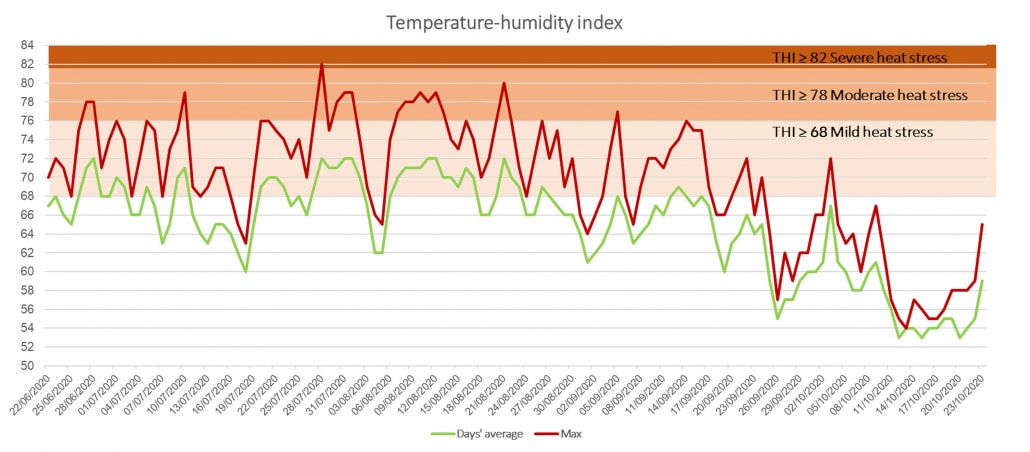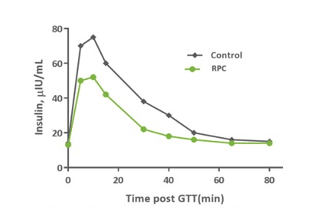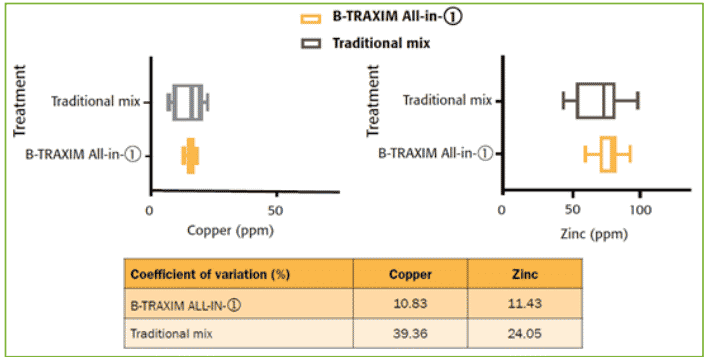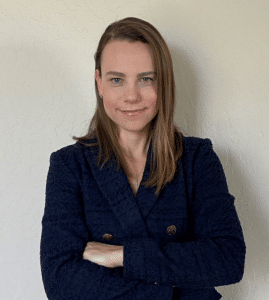Optimizing cow longevity by managing for resilience
Cow longevity is the second most economically important trait in dairy cows. Cows with a high longevity, i.e. long productive life span typically exhibit good reproductive performance, few health problems and consistent milk production. However, production efficiency, herd profitability and welfare are less dependent on the longest life than on the optimum length of productive life.
by Gwendolyn Jones, Product Manager Gut Agility Activators,International Dairy Topics
The drive to increase the sustainability of the dairy industry is further intensifying the need for dairy farmers to improve their ability to optimize cow longevity. More recent research highlights possibilities to identify metrics earlier in the life of the cow to enable better decision making in culling cows and manage for resilience to increase the chance of reaching the optimum productive life span. Pilot studies are also revealing the potential to support resilience in dairy cows by nutritional means.
Impact of cow longevity on sustainability
Short longevity poses a threat to the three pillars of sustainable agriculture: economic profit, environmental impact, and social concerns. It is associated with financial losses on farms, increased environmental footprint of milk production, and welfare issues for the animals. Short longevity indicates that animals are not expressing their maximum potential for productivity and profitability due to the high costs associated with rearing cows until they reach the productive stage.
Improved longevity means higher profit per cow, as the income from the productive stage of life pays off the investment made in raising replacement heifers. Mature cows have a higher milk yield than younger cows. As a result, greater longevity increases the proportion of high-yield cows in the herd and fewer cows are needed to sustain a given level of production.
Reducing the number of cows required to produce a given quantity of milk required to produce a given quantity of milk improves environmental sustainability of a dairy enterprise by reducing the carbon footprint per kilogram of milk produced. Therefore, improving dairy cow longevity contributes to a more sustainable dairy industry.
Cow longevity is determined by farmer decisions
The moment and reason a cow is culled, is determined by decisions made by dairy farmers, unless the cow was removed from the herd because of death. Therefore, cow longevity is the outcome of decisions by the dairy farmer throughout the life of the animal. Culling decisions are the result of cow factors such as health, milk production, and reproductive status, as well as the availability of replacement heifers, parlour capacity and prices. Cows with higher genetic merit, greater production capacity, or better resilience against premature culling are more valuable to dairy farmers.
Genetic opportunity cost is the loss from keeping older, less genetically improved cows in the herd instead of younger, more genetically improved cows. Genetic opportunity cost favours a younger herd, which may trigger greater cow culling to capture genetic improvement and replace cows that are less valuable. However, it needs to be balanced against the benefits of lower culling rates for production costs and environmental effects. A herd with a high proportion of young animals emits more methane and excretes more phosphorus in the environment per unit of milk compared with a herd with a greater proportion of multiparous cows.
This highlights the need to optimize longevity rather than increase longevity in dairy herds. More recent studies and simulation models aim to determine the culling rate that will maximize the profit from genetic gain while minimizing the costs of turnover. Improvement of culling decision support tools will help to optimize the economically optimal productive lifespan for individual cows based on the conditions they are being reared in. Ultimately, they will help to improve profitability and social acceptability of dairy production.
Relationship between longevity and resilience
Collaborative research across several research institutes in Europe is paving the way to early identification of dairy cows with a high probability of completing several lactations. In the long run there is hope that this will help to significantly improve the optimization of farm-individual management with respect to longevity.
Initial studies revealed the potential for high-frequency milk yield and activity sensor data to rationalize evidence-based culling decisions as early as after the first lactation. The research highlights the relationship between cow resilience and longevity and indicated that a higher resilience score generally corresponded with a higher final lactation number in dairy cows.
Resilience can be described as the capacity of the animal to be minimally affected by a disturbance or to rapidly return to the initial state that pertained before exposure to a disturbance. In the studies mentioned above dairy cows with a high lifetime resilience were defined as animals that avoid early culling by coping well with the farm’s management conditions and having a high adaptability to imposed challenges, whilst reproducing easily and producing consistently, resulting in a long productive life span on commercial farms. The idea is to eventually develop a tool that enables farmers to rank their cows according to resilience scores based on readily available farm data.
Feeding for resilience
A recent pilot study investigating the impact of the gut agility activator Anco FIT on the resilience of dairy cows under practical conditions indicated the potential for this animal feed solution to influence proven resilience indicators in dairy cows, such as reduced fluctuations in milk yield, which warrants further research. The insights of this study were derived from frequent measurements collected via sensors and an automatic milking system in a commercial environment.

